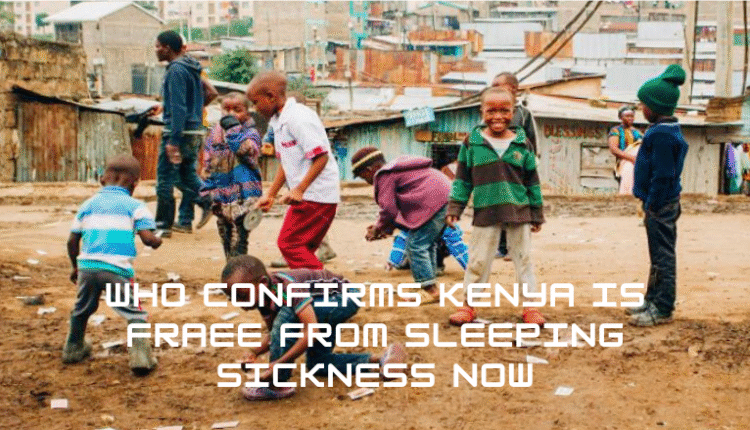
WHO Confirms Kenya Is Free From Sleeping Sickness Now
Kenya has officially eliminated sleeping sickness as a public health concern, the World Health Organization announced on Friday. This makes Kenya the 10th country in the world to achieve this success.
Sleeping sickness, officially known as human African trypanosomiasis (HAT), is a vector-borne disease found mainly in sub-Saharan Africa. Without treatment, it is usually fatal, according to the World Health Organization.
The illness spreads to people through the bites of tsetse flies that carry the parasite Trypanosoma brucei after feeding on infected humans or animals. Rural communities that rely on farming, fishing, livestock keeping, or hunting face the highest risk of infection.
“I congratulate the government and people of Kenya on this landmark achievement,” said WHO Director-General Dr. Tedros Adhanom Ghebreyesus. “Kenya joins the growing list of nations freeing their people from HAT. This is another step toward making Africa free of neglected tropical diseases.”
Islamabad airport services suspended for next eight days
Once inside the body, the parasites can travel into the central nervous system by crossing the blood–brain barrier. This stage is when the disease’s more serious symptoms appear — including behavior changes, confusion, sensory problems, poor coordination, and disruptions to normal sleep patterns, which give the illness its name.
Sleep cycle disturbance, which gives the disease its name, is a prominent feature.
The first cases in Kenya were detected in the early 20th century.
Besides Kenya, the others that have now eliminated sleeping sickness as a public health problem are Benin, Chad, Equatorial Guinea, Ghana, Guinea, Ivory Coast, Rwanda, Togo and Uganda.

Comments are closed, but trackbacks and pingbacks are open.